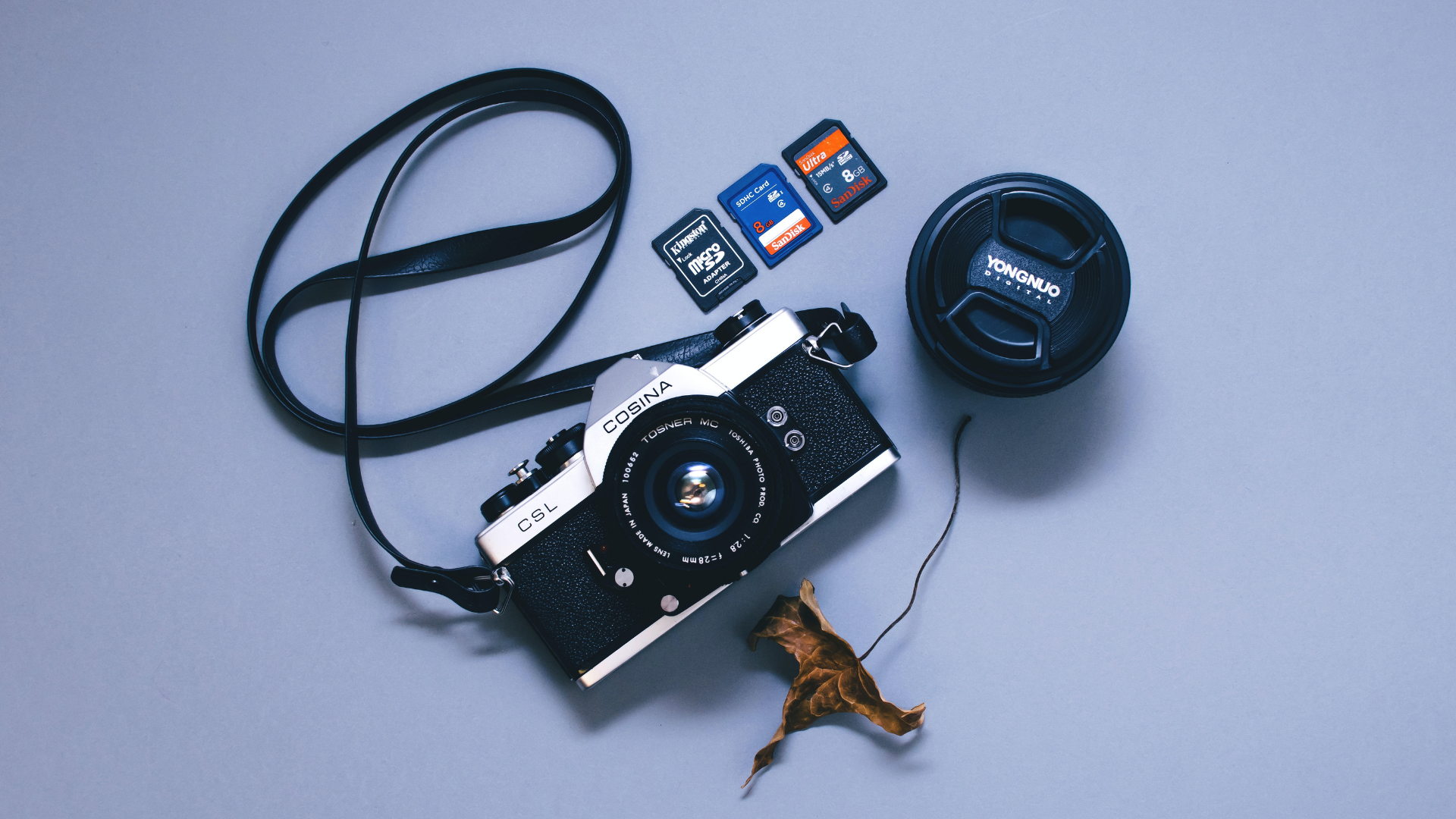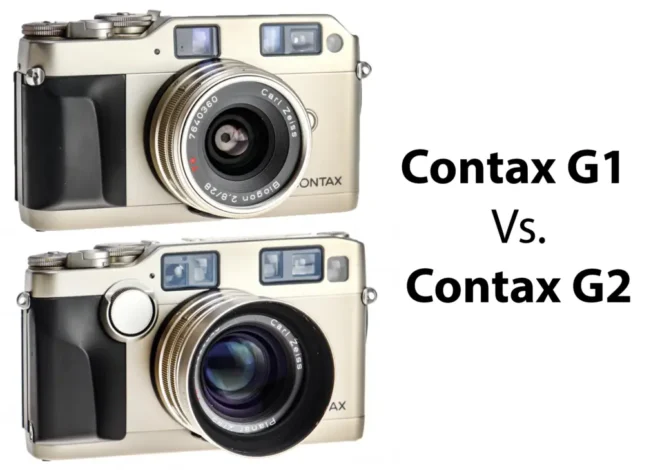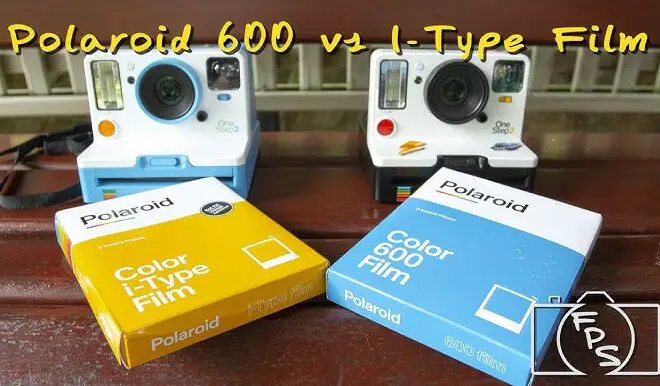
Sony A1 vs. A7R IV: Which Camera Should You Choose?
As an Amazon Associate, I earn from qualifying purchases.
Sony has so far consistently produced cameras that have satisfied photographers in every category. Just like that, Sony has offered A1 and A7R IV which are two popular full-frame mirrorless cameras.
Both AI and A7R IV provide a variety of cutting-edge capabilities, but the exhibit significant differences within them that will lead you to choose the Sony A1.
This is why this article is here to guide you to determine your final choice between these two cameras, so read it carefully.
Sony A1 vs. A7R IV: Quick Comparison Table
Here are some quick comparisons between the two cameras:
| Features | A1 | A7R IV |
| Sensor Type | Stacked CMOS | BSI-CMOS |
| ISO Sensitivity Stills | ISO 100-32000, Expanded ISO 50 to ISO 102400 | ISO 100-32000, Expanded ISO 50 to ISO 102400. |
| Autofocus Points | 759 phase and 425 contrast detection points | 567 phase and 425 contrast detection points |
| Image stabilization | Sensor-shift | Sensor-shift |
| Max resolution | 8640 x 5760 | 9504 x 6336 |
| Effective pixels | 50 megapixels | 61 megapixels |
| Processor | Dual Bionz XR | Bionz X |
| Battery Life | 530 shots | 670 shots |
What are the Differences Between Sony A1 and A7R IV?
The Sony A1 and A7R IV are significantly different from one another, but they also have a lot of features and capabilities in common. Before we look at the differences between these two cameras, let’s first look at their commonalities.
- Full-frame sensors are present in both cameras, which provide exceptional image quality, low-light performance, and a shallow depth of field.
- High-resolution electronic viewfinders are a characteristic of both cameras, allowing users to see the scene clearly and in detail.
- Both cameras are capable of recording 4K video at different data rates and frame rates.
- Each camera has two memory card slots, providing choices for backup or excess storage.

Sony A1

Sony A7R IV
Now let’s have a brief discussion about the differences between Sony A1 vs. A7R IV
Sensor and Processor:
The A7R IV features a better resolution 61-megapixel sensor than the Sony A1, which has a sensor with 50.1 megapixels. This indicates that the A7R IV can capture greater detail and create prints that are larger.
Moreover, the A1 has a brand-new stacked BSI sensor, whereas the A7R IV has a traditional BSI sensor. The A1’s stacked sensor enables faster readout speeds, allowing it to shoot at higher frame rates and record moving images with no artifacting.
The Sony A1, however, features the most recent BIONZ XR processor, which offers quicker image processing and data transfer rates. The BIONZ X processor, on the other hand, is still present in the A7R IV.
Overall, the A7R IV’s larger sensor resolution and dynamic range may make it a superior choice for photographers who prioritize image quality over video capabilities, even while the A1’s BIONZ XR processor is a better choice for those who desire quicker image processing.
Electronic Shutter:
Using the electronic shutter option included on the Sony A1 and A7R IV, photographers may take pictures without any noise or vibrations. However, the electronic shutter capabilities of these cameras do differ in a few ways.
In comparison to the A7R IV, the Sony A1 features a faster electronic shutter speed. The A1 can shutter at a maximum speed of 1/32000s, whereas the A7R IV can shutter at a maximum speed of 1/8000s.
Moreover, the Sony A1 boasts a blackout-free electronic shutter, which allows the viewfinder and LCD panel to stay lit even when shooting continuously at high frame rates.
On the other side, the A7R IV experiences a brief blackout in between each frame when filming continuously, which could make it more difficult to follow moving subjects.
In terms of flash sync speed, the Sony A1 has a faster flash sync speed of 1/200s than the A7R IV, which is 1/250s.
Overall, the electronic shutter on the A1 is superior to the one on the A7R IV, but A7R IV’s one is still a valuable feature, especially when shooting in calm settings where noise is unacceptable.
Stabilization:
The stabilization range of the Sony A1 is marginally superior to that of the A7R IV. IBIS on the A1 can correct up to 5.5 stops of camera shake, whilst IBIS on the A7R IV can correct up to 5.5 stops.
In addition to standard, panning, and high-resolution stabilization modes, the Sony A1 and A7R IV each include additional stabilization options.
The A1 has an additional active stabilization option, though, which aids in stabilizing the camera when using it handed in difficult circumstances.
The A1 has an advantage over the A7R IV in that it can combine in-body stabilization with the optical stabilization of compatible lenses for even more powerful stabilization. Both cameras also provide in-body stabilization for video.
Autofocus:
In comparison to the A7R IV, the Sony A1 boasts a more sophisticated focusing system with 759 phase-detection AF points covering 92% of the sensor area as opposed to 567 phase-detection AF points covering 99.7%.
One interesting fact that both cameras have Real-time Eye AF, which use AI-based algorithms to recognize and track the eyes of human subjects. Real-time Eye AF on the A1 is more sophisticated, with better speed and accuracy.
Battery:
The Sony A1 is powered by the NP-FZ100 rechargeable battery pack, which has a capacity of 2280 mAh and can take up to 530 pictures per charge (according to CIPA standards). The A1 also supports USB Power Delivery (PD) and can be charged or powered using a USB-C cable.
The Sony A7R, on the other hand, also uses the NP-FZ100 rechargeable battery pack, but its battery capacity is slightly lower at 2040 mAh. According to CIPA standards, it can shoot up to 670 shots per charge and supports USB Power Delivery (PD) for power and charging via a USB-C cable.
It is worth mentioning that despite using same battery model as A7R IV, the A1 has a little shorter battery life per charge.
Nevertheless, since battery life can vary depending on several numbers of factors such as shooting mode, temperature, and use of the camera’s features, the difference in battery life may not be substantial in real-world usage.
Price:
According to my study, the cost of the Sony A1 is approximately USD 6,500, whereas the Sony A7R IV is approximately USD 3,500 (body only). However, costs for these cameras can change depending on places, shops, and special offers.
It’s important to note that the Sony A1 boasts a number of cutting-edge capabilities that the A7R lacks, like a quicker continuous shooting speed, a higher resolution EVF, and 8K video recording capability.
The A1’s performance and build quality as a whole, together with these features, all go towards determining its premium price. The A7R IV is still a very powerful camera, nevertheless, and may be a superior choice for some photographers’ requirements and financial circumstances.
Sony A1 or A7R IV: Which One to Choose?
Both the Sony A1 and A7R IV are fantastic full-frame mirrorless cameras with cutting-edge functionality and superior picture quality. Your exact photography requirements and spending limit will, however, ultimately determine which option you choose.
At 61 megapixels, the Sony A7R IV has a better resolution than the Sony A1, which has 50 megapixels. The A7R IV might be a better option if your photography requires the greatest resolution available.
However, with a maximum continuous shooting speed of 30 frames per second, the Sony A1 is faster than the A7R IV, which has a maximum continuous shooting speed of 10.
The A1 might be a better choice if you photograph fast-moving subjects like sports, animals, or other things.
Moreover, with 759 phase-detection points and real-time Eye AF for both people and animals, the Sony A1 features sophisticated autofocus technology.
While Eye AF is included on the A7R IV as well, it is not as sophisticated as the system on the A1. The A1 would be a better choice if you frequently shoot portraits or other subjects that demand perfect autofocus. If money is an issue, the A7R IV would be a better option because it comes at lower cost with great qualities than the Sony A1.
- Read Also: Fujifilm X100v vs X100f: Comparing Two Top-Rated Cameras
- Read Also: Nikon D500 vs. D7500: Which Camera Should You Go For?
- Read Also: Sony A7IV vs. A7RV: Features, Specifications and Differences
- Read Also: Nikon Z5 Vs. Z50: Which Mirrorless Camera Should You Go For?
- Read Also: Nikon D5600 vs. D7500: Which Camera Should You Go For?



